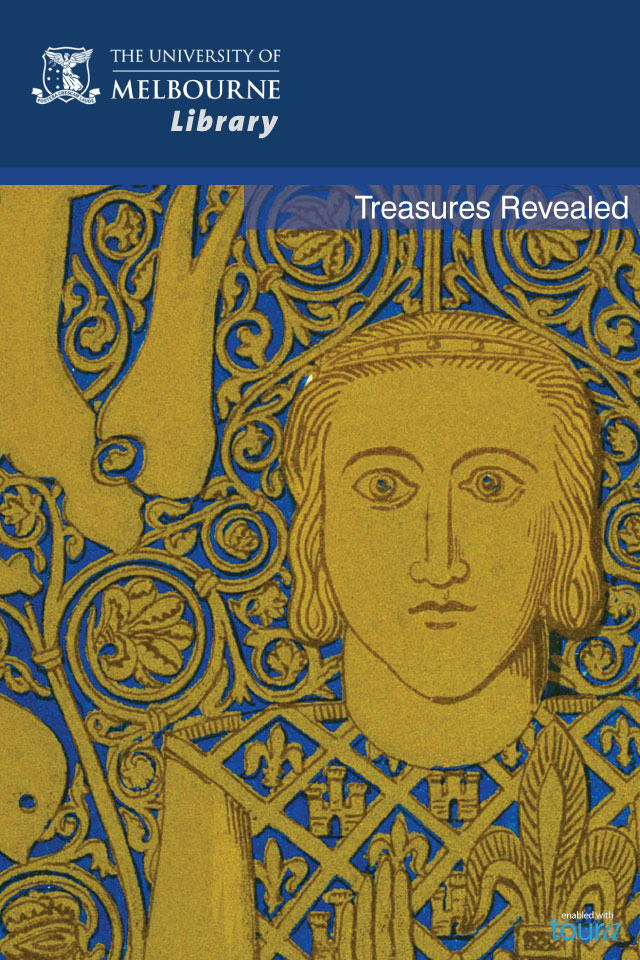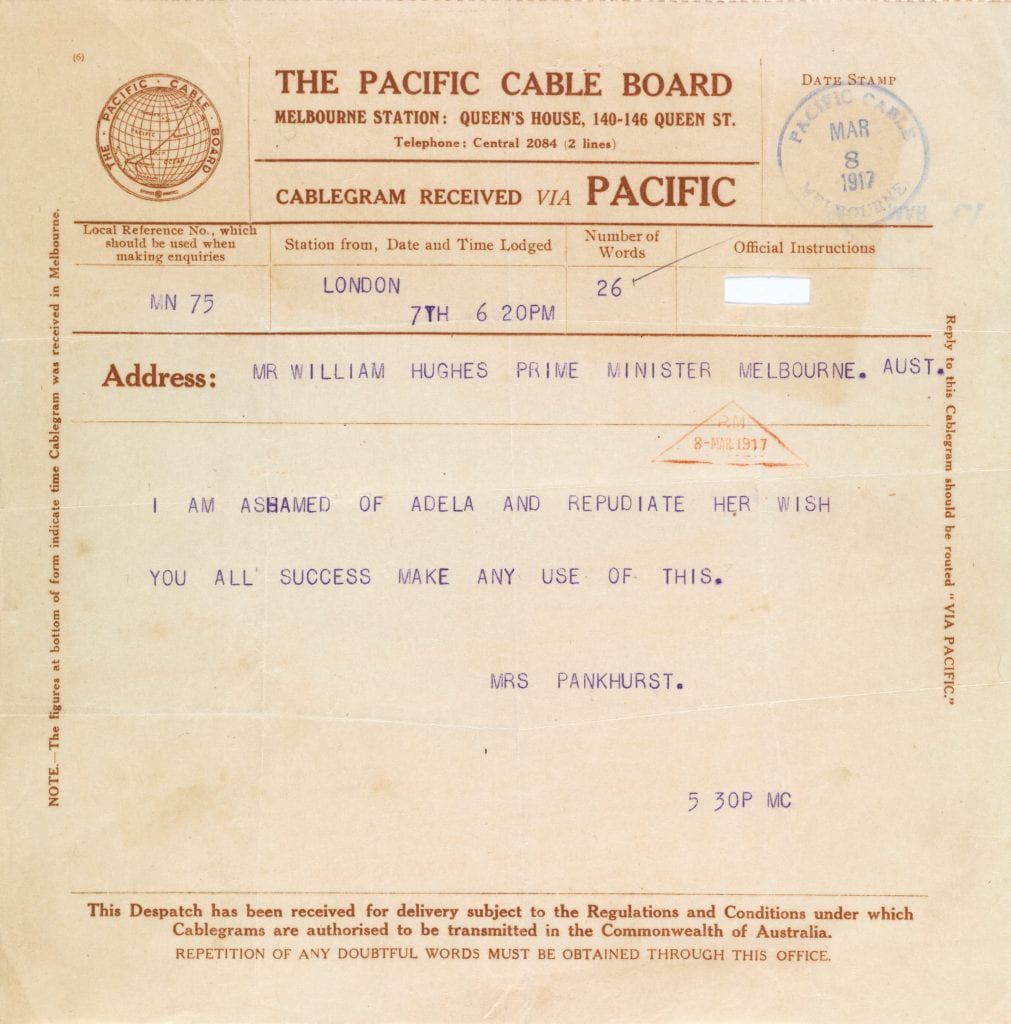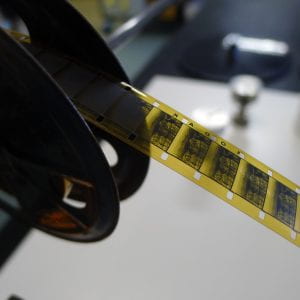Australian Flora – Eucalypts in focus
On the 26th of January each year, new Australian citizens are given native saplings during Citizenship ceremonies around the country. Many of these saplings will be from the Eucalyptus genus.
With over 700 species mostly native to Australia, Eucalyptus is a diverse genus of flowering trees and shrubs in the myrtle family, Myrtaceae. ‘Eucalyptus’ is a combination of Greek words meaning ‘well covered’, in reference to the cap which initially covers the flower. The name was first published in 1788, the year of English colonisation, although eucalypts had been used for centuries by Indigenous Australians in the making of tools, weapons, musical instruments, canoes, and for medicinal purposes.
In 2009 UMA received a donation of 138 glass plate negatives of eucalyptus specimens which were used, in colourised form, in Wilfrid Grimwade’s 1920 publication An Anthography of the Eucalypts.
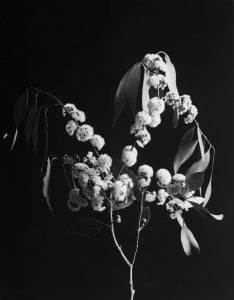
Graduating in Science from the University of Melbourne in 1901, Wilfrid Russell Grimwade entered the family chemical firm Felton Grimwade & Co. as director of the new research laboratory. An innovator, he pioneered large scale oxygen production in Australia and experimented with the extraction of oils and compounds from indigenous plants.
Working in a range of business ventures Grimwade also travelled the country extensively, also working on the development of a significant garden at his property ‘Miegunyah’. Publishing An Anthography of the Eucalypts, a survey illustrated with his own photographs, was the continuance of a life-long passion for plants, and signalled his commitment to the conservation of forests in Australia. Roles as office-bearer of the Australian Forest League and contributor to its journal Gum Nut, as well as support of the Australian Forestry School and the forest products division of the Council for Scientific and Industrial Research, cemented Grimwade as a key figure in the conservation movement in Australia.
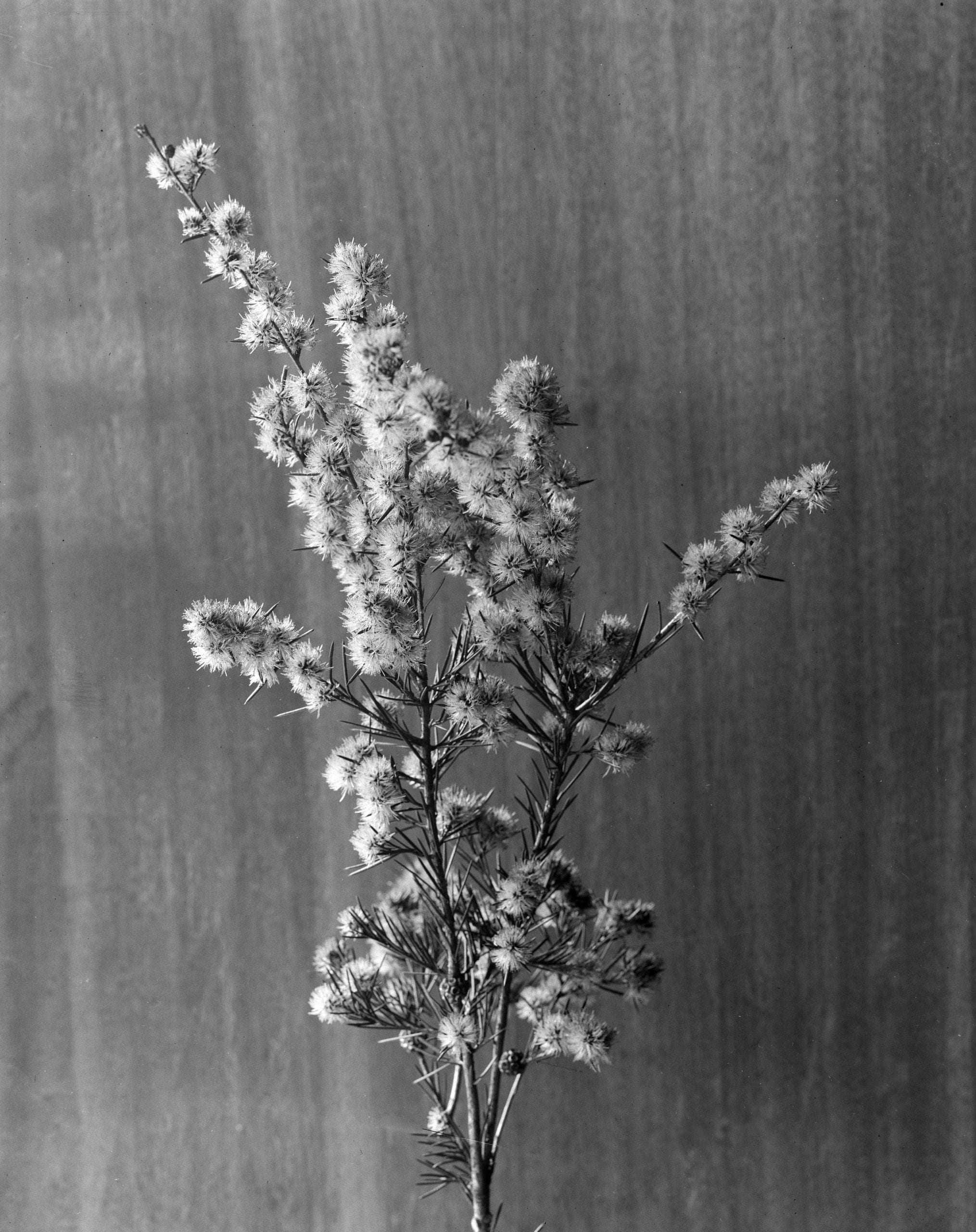
Eucalyptus Melaleuca Nodosa, 1919, University of Melbourne Archives, Sir Wilfrid Russell Grimwade Collection, 2009.0030, GPNC256 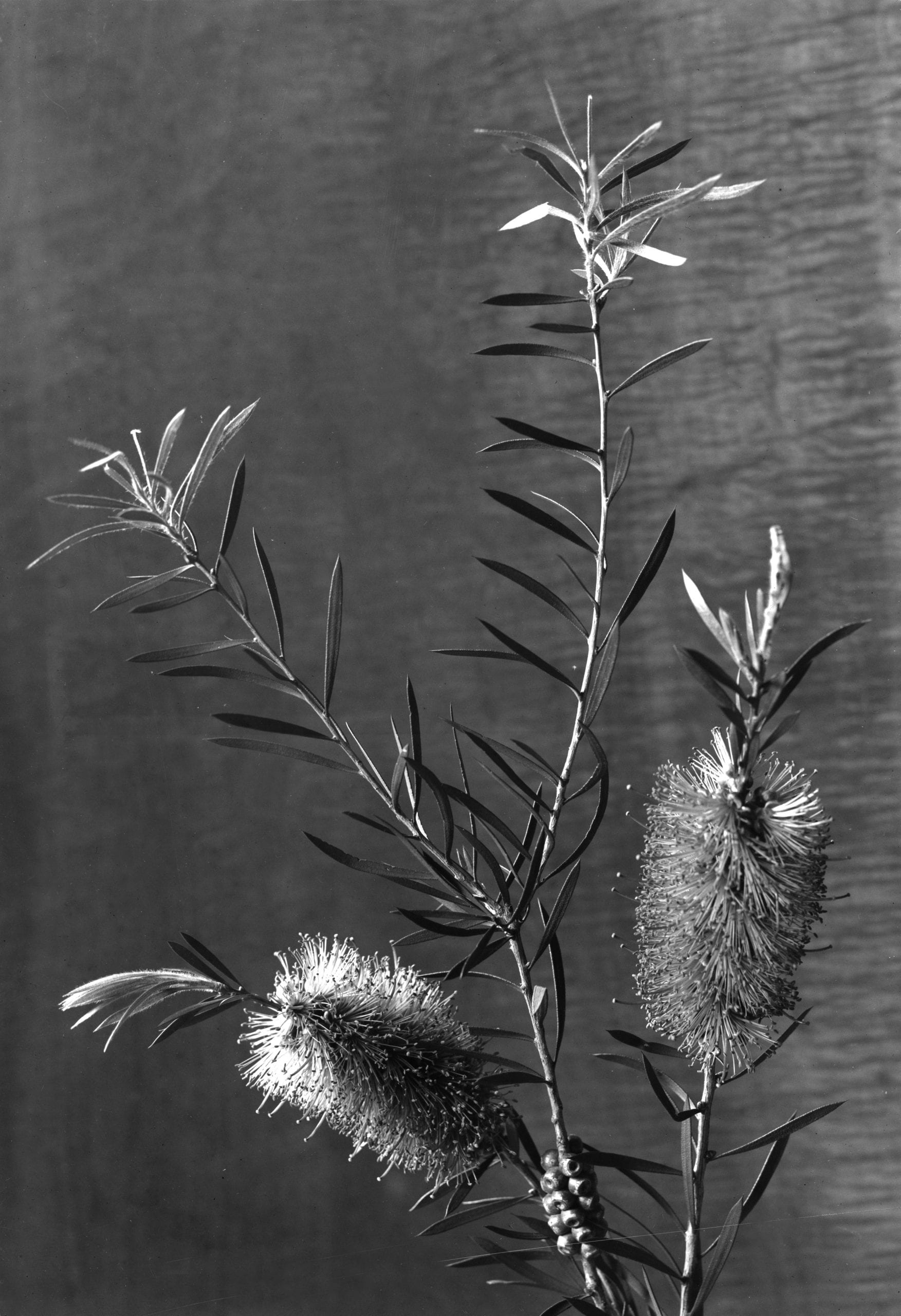
Eucalyptus Callistemon Lanceolatus, 1919, University of Melbourne Archives, Sir Wilfrid Russell Grimwade Collection, 2009.0030, GPNC255
To celebrate the landscape this Australia Day, UMA spotlights a sample of Grimwade’s glass plate negatives. A larger selection of the colour tinted images used in An Anthography of the Eucalypts can be viewed via the Digitised Items Catalogue (http://gallery.its.unimelb.edu.au/umblumaic/imu.php?request=search) using the search term “euc”.
Two of the colour tinted images from this collection are featured in the recently published book Miegunyah, the Bequests of Russell and Mab Grimwade by John Poynter and Benjamin Thomas, Miegunyah Press, 2015. The publication encompasses numerous images and sources from the Sir Wilfred Russell Grimwade Collection at UMA along with many more of the University’s Cultural Collections bequeathed by the Grimwades’.
